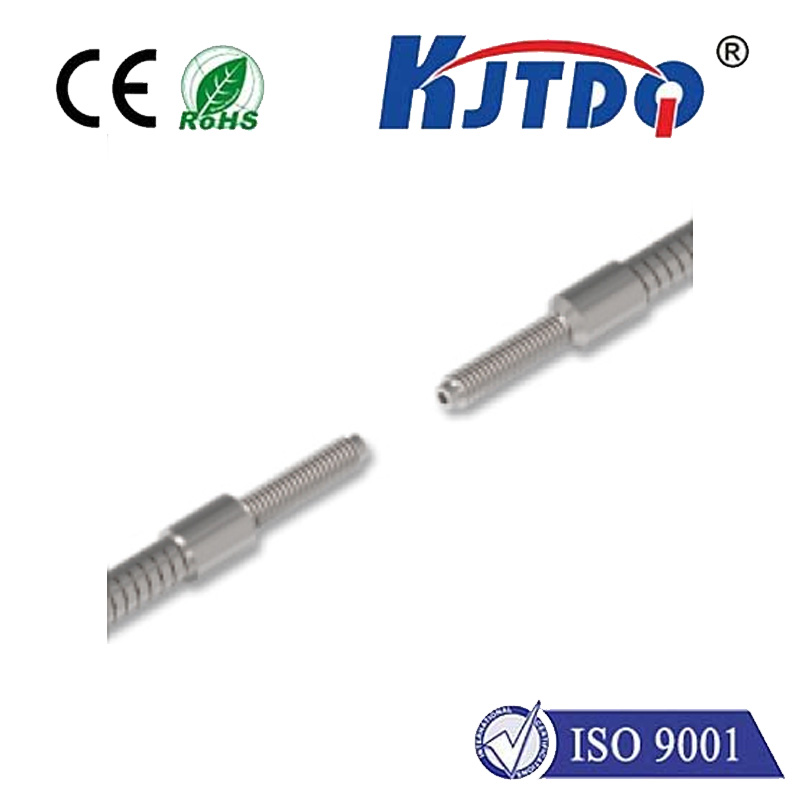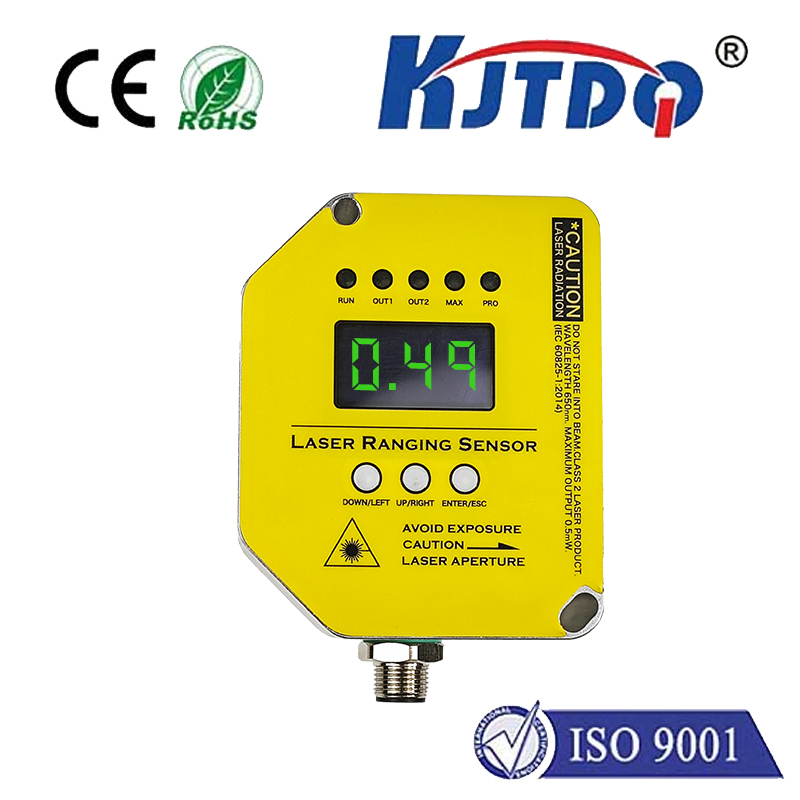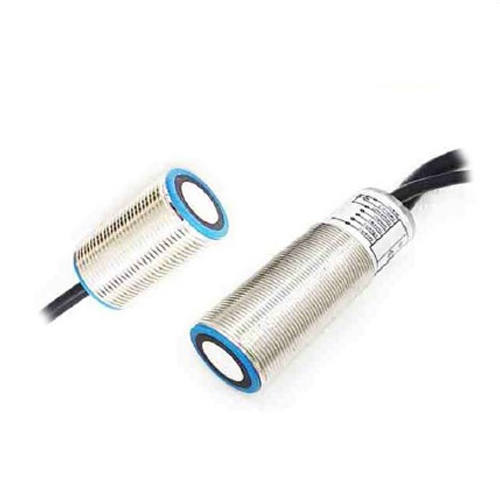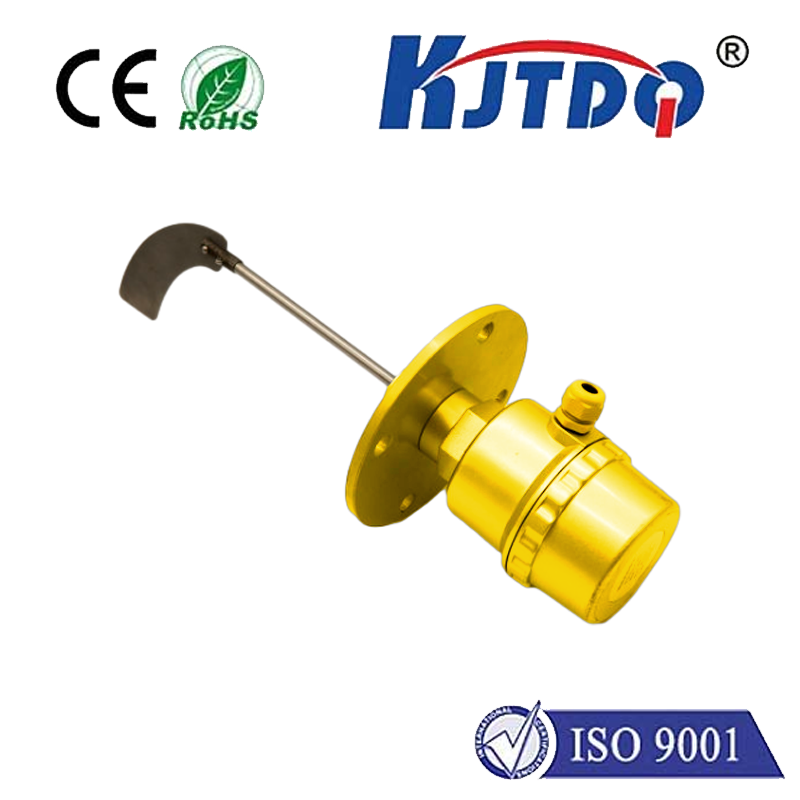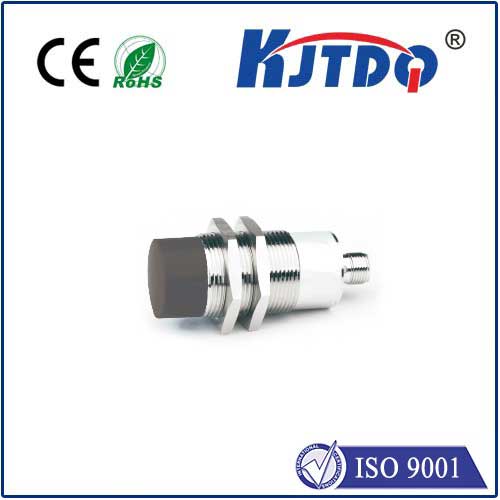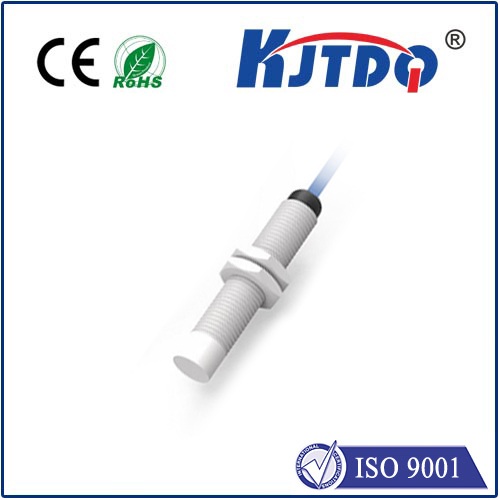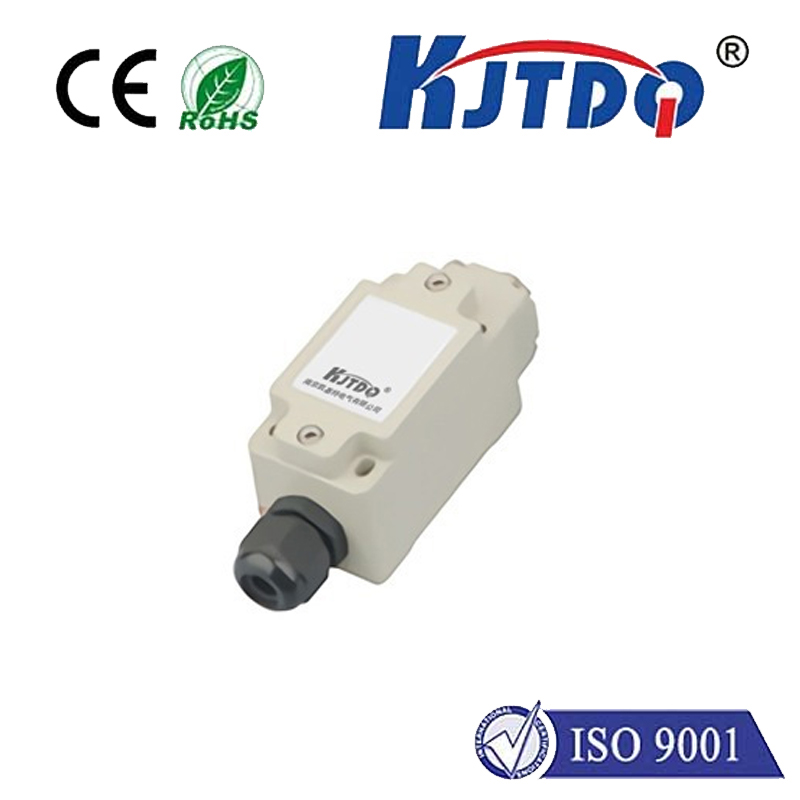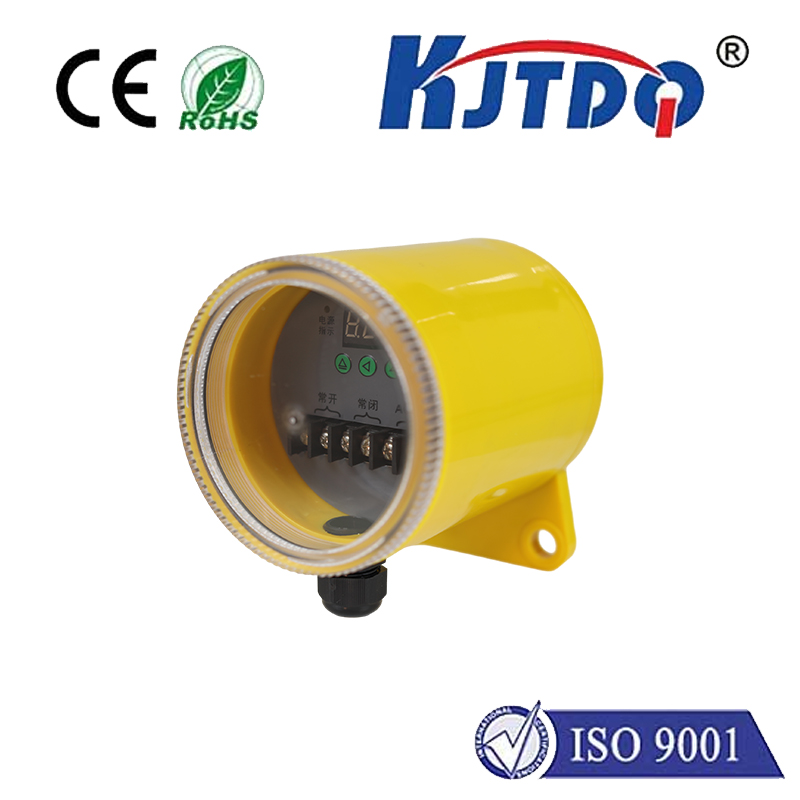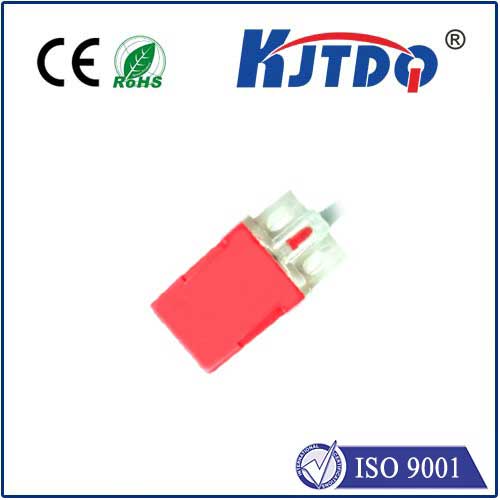

check

check

check

check

check

check

check

check

check

check
Optical Endstop Limit Switch: Ensuring Precision and Reliability in Industrial Applications
In the realm of automation and industrial machinery, precision and reliability are paramount. One crucial component that ensures these qualities is the optical endstop limit switch. This innovative device plays a vital role in controlling the movement of machines, ensuring they operate within specified limits and preventing potential damage or downtime. In this article, we will explore the functions, benefits, and applications of optical endstop limit switches, shedding light on their importance in various industries.
First and foremost, it's essential to understand what an optical endstop limit switch is. Simply put, it is a sensor that detects the presence or absence of an object within its field of view. It works by utilizing a beam of light, which is either transmitted or reflected off the target object. When the object interrupts the light beam, the switch sends an electrical signal to the control system, indicating that the machine has reached its intended position.

The advantages of using an optical endstop limit switch are numerous. For starters, they offer non-contact detection, meaning there's no physical interaction between the switch and the object being sensed. This characteristic leads to increased durability and longevity compared to mechanical switches that rely on physical contact. Additionally, optical switches provide high accuracy and repeatability due to their ability to detect small changes in the position of objects. They also boast fast response times, making them ideal for high-speed applications where timing is critical.
When it comes to industrial applications, optical endstop limit switches have a wide range of uses. They are commonly found in conveyor systems to monitor product flow and prevent jams. In robotics, they ensure precise positioning of arms and grippers during assembly lines. Furthermore, they play a crucial role in packaging machinery, where accurate placement of products is essential for efficient operation. The automotive industry also relies heavily on these switches for quality control during manufacturing processes.
Another area where optical endstop limit switches excel is in material handling systems. For instance, they can be used to detect when a elevator has reached the desired floor level or when a crane has lifted a load to the correct height. Their ability to operate in harsh environments further enhances their applicability across diverse sectors such as mining and construction.
Moreover, optical endstop limit switches contribute significantly to enhancing safety measures in industrial settings. By accurately monitoring machinery movements and stopping them when necessary, these switches help prevent accidents caused by misalignments or excessive force. In scenarios where human operators work alongside machines, optical switches can serve as safeguards to avoid collisions or injuries.
In conclusion, the optical endstop limit switch is a testament to technological advancements in the field of automation. Its ability to provide consistent performance while withstanding harsh conditions makes it indispensable for maintaining precision and reliability across various industrial applications. As technology continues to evolve, it's evident that optical endstop limit switches will continue to be at the forefront of innovation, contributing to safer and more efficient operations worldwide.
